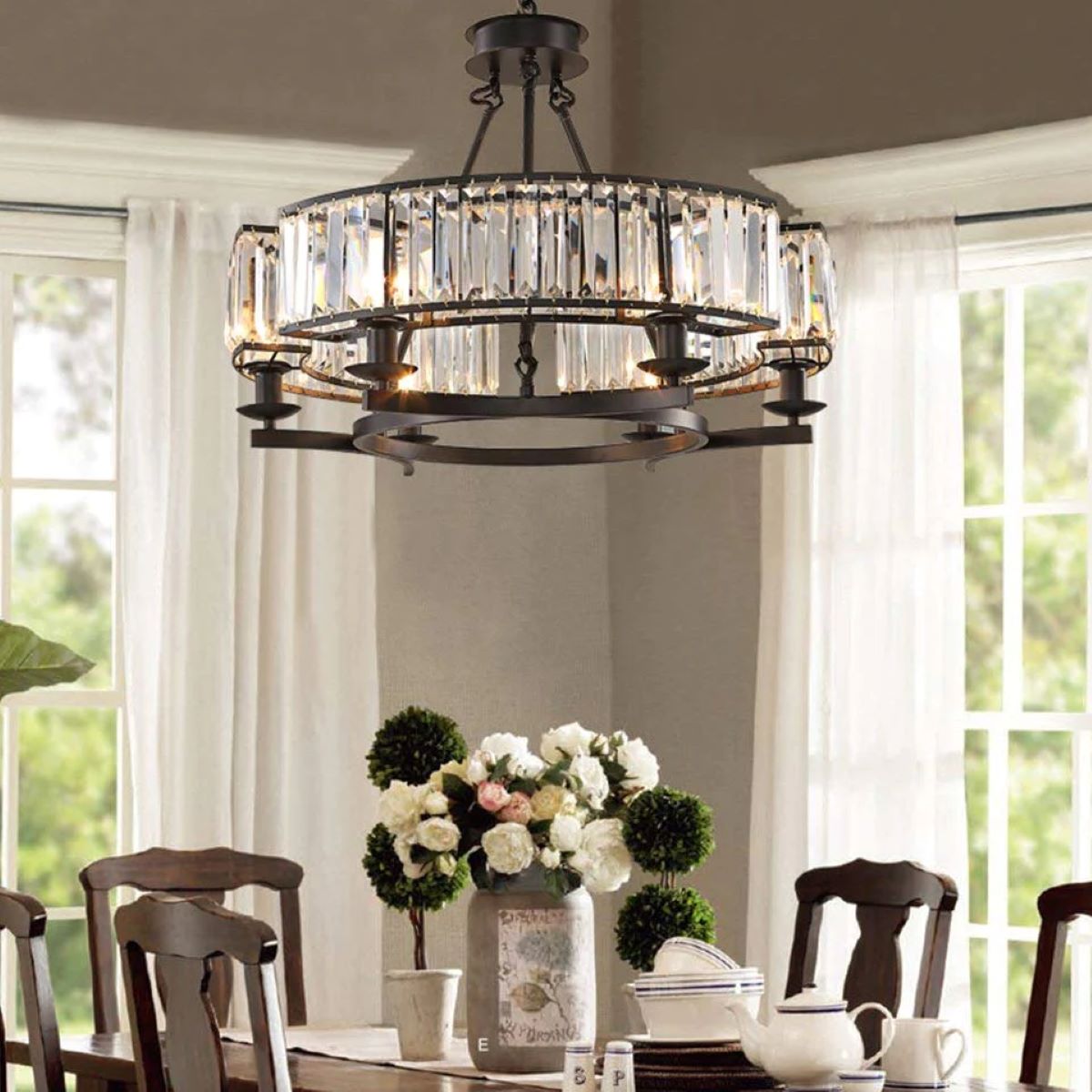

Articles
How To Choose A Chandelier For Dining Room
Modified: April 23, 2024
Looking for articles on how to choose the perfect chandelier for your dining room? Learn expert tips and advice to enhance your dining space.
(Many of the links in this article redirect to a specific reviewed product. Your purchase of these products through affiliate links helps to generate commission for Storables.com, at no extra cost. Learn more)
Introduction
Welcome to the world of chandeliers, where elegance and beauty come together to illuminate your dining room. A well-chosen chandelier can instantly transform the ambiance of your dining space, creating a captivating focal point and adding a touch of luxury.
However, with the plethora of chandelier options available, it can be overwhelming to choose the perfect one for your dining room. From the size and style to the type of chandelier and lighting needs, there are several factors to consider. In this article, we will guide you through the process of selecting a chandelier that not only complements your dining room but also enhances your overall decor.
So, let’s get started on this illuminating journey!
Key Takeaways:
- Choose a chandelier that harmonizes with your dining room’s size, style, and lighting needs. Consider proportions, ceiling height, and overall decor to create a captivating and balanced ambiance.
- Set a realistic budget and prioritize features to find a chandelier that aligns with your financial goals while enhancing the aesthetics and functionality of your dining room.
Read more: How To Choose Curtains For Dining Room
Consider the Size and Scale
When choosing a chandelier for your dining room, it is crucial to consider the size and scale of the fixture. The right chandelier will harmonize with the proportions of the room and create a balanced look.
First, consider the size of your dining room. A general guideline is to choose a chandelier with a diameter between one-half and two-thirds the width of your dining table. For example, if your dining table is 48 inches wide, a chandelier with a diameter of 24 to 32 inches would be suitable. This ensures that the chandelier is appropriately proportioned to the table and the room.
Next, take into account the height of the ceiling. For standard ceiling heights (8 to 9 feet), a chandelier with a height of around 30 inches from the table surface works well. If you have higher ceilings, you can opt for a taller chandelier or consider using a longer chain or rod to adjust the hanging height.
Remember, the chandelier should hang low enough to create a visual connection with the dining table but high enough to allow for comfortable movement and conversation. Consider the scale of the room and the other furnishings as well. If you have a large dining room with high ceilings, a larger chandelier with more decorative elements may complement the grandeur of the space. Conversely, in a small dining area, a smaller chandelier or a minimalist design can avoid overwhelming the room.
By carefully considering the size and scale, you can select a chandelier that fits seamlessly into your dining room, creating a visually appealing and balanced ambiance.
Determine the Style
The style of the chandelier plays a significant role in enhancing the overall aesthetics of your dining room. It should complement the existing decor and reflect your personal taste and style. Here are a few things to consider when determining the style of your chandelier:
1. Traditional: If your dining room features classic or formal decor, a traditional chandelier with ornate detailing and crystal accents can add a touch of elegance and sophistication. Look for chandeliers with candelabra-style lights or candlestick bulbs for a timeless look.
2. Transitional: For a more versatile and contemporary option, consider a transitional chandelier that combines elements of both traditional and modern designs. These chandeliers often feature clean lines, neutral finishes, and a mix of materials, making them suitable for a wide range of dining room styles.
3. Modern: If you have a minimalist or modern-themed dining room, a sleek and streamlined chandelier can make a bold statement. Look for chandeliers with geometric shapes, metallic finishes, and minimalist designs to complement the clean lines and simplicity of your space.
4. Rustic: For a cozy and rustic ambiance, opt for a chandelier with natural materials such as wood and iron. Chandeliers with exposed bulbs or lantern-style fixtures can add a rustic charm to your dining room, perfect for farmhouse or country-inspired decor.
5. Contemporary: Those who prefer a more avant-garde and artistic style can explore contemporary chandeliers with unique shapes, unconventional materials, and innovative lighting designs. These chandeliers can become statement pieces, adding a striking focal point to your dining room.
Remember, the style of the chandelier should not only complement your dining room decor, but also be consistent with the overall style of your home. Whether your style is traditional, transitional, modern, rustic, or contemporary, choosing a chandelier that aligns with your aesthetic preferences will elevate the visual appeal of your dining space.
Decide on the Type of Chandelier
Once you have determined the style of your chandelier, the next step is to decide on the type of chandelier that best suits your dining room. There are various types to choose from, each offering its own unique characteristics and lighting effects. Here are a few popular types:
1. Crystal Chandeliers: This classic and timeless type of chandelier features crystal accents that reflect light, creating a dazzling and luxurious ambiance. Crystal chandeliers are often associated with traditional or formal dining rooms, but they can also add a touch of elegance to contemporary spaces.
2. Linear Chandeliers: Also known as rectangular or island chandeliers, these chandeliers have a long, linear shape and are ideal for dining tables that are longer or rectangular in shape. They provide even lighting across the entire length of the table and can create a sleek and modern aesthetic.
3. Sputnik Chandeliers: Inspired by the iconic mid-century modern design, sputnik chandeliers feature a cluster of arms with bulb sockets radiating from a central sphere. These chandeliers provide a unique and eye-catching design that adds a retro and eclectic touch to any dining room.
4. Drum Chandeliers: Characterized by a drum-shaped shade or body, these chandeliers offer a more contemporary and refined look. The shade can be made of fabric, metal, or glass, and it diffuses the light, creating a warm and inviting atmosphere. Drum chandeliers are versatile and can work well with a variety of dining room styles.
5. Chandeliers with Shades: For a softer and more diffused lighting effect, consider chandeliers with shades. These chandeliers feature fabric or glass shades that cover the bulbs, providing a warm and cozy glow. Shades come in various shapes, sizes, and colors, allowing you to customize the look to suit your dining room decor.
When deciding on the type of chandelier, think about the size and shape of your dining table, the ceiling height, and the overall style of your dining room. Consider how the chandelier will interact with the space and contribute to the desired atmosphere. By selecting the right type of chandelier, you can enhance the overall dining experience and create an inviting and stylish ambiance.
Select the Right Light Bulbs
Choosing the right light bulbs for your chandelier is essential to ensure the desired lighting effect and ambiance in your dining room. The type of light bulbs you select can greatly impact the brightness, color temperature, and energy efficiency of your chandelier. Here are a few factors to consider when selecting light bulbs:
1. Brightness: Determine the level of brightness you want to achieve in your dining room. Light bulbs are measured in lumens, with higher lumens indicating brighter light. Consider the size of your dining room and the desired mood. For a cozy and intimate setting, opt for dimmer light bulbs or bulbs with lower lumens. For a well-lit and vibrant atmosphere, choose bulbs with higher lumens.
2. Color Temperature: The color temperature of light bulbs refers to the appearance of light, ranging from warm to cool. Warm light (2700K-3000K) creates a cozy and comfortable ambiance, resembling the warm glow of candlelight. Cool light (3500K-5000K) provides a brighter and more energetic atmosphere. Consider the overall color scheme and decor of your dining room when choosing the color temperature of your light bulbs.
3. Energy Efficiency: Opt for energy-efficient light bulbs to save on electricity costs and reduce environmental impact. LED bulbs are a popular choice for chandeliers due to their long lifespan, low energy consumption, and versatility in terms of brightness and color temperature. They also produce less heat, which can be beneficial considering chandeliers are often hung low and close to the dining table.
4. Bulb Shape and Size: Consider the shape and size of the light bulbs to ensure they fit properly in your chandelier. Chandeliers typically accommodate a specific type of bulb base, such as candelabra (E12) or medium (E26). Ensure the bulbs you choose have the correct base size and check the dimensions to ensure they do not protrude beyond the chandelier’s design or interfere with the hanging height.
Remember, the type of light bulbs you choose can greatly influence the overall ambiance and functionality of your dining room. Take the time to research and select bulbs that align with your desired lighting preferences, energy efficiency goals, and the specifications of your chandelier.
Read more: How To Choose A Rug For The Dining Room
Consider Ceiling Height and Hanging Length
When choosing a chandelier for your dining room, it’s important to consider the ceiling height and the hanging length of the fixture. These factors will not only affect the overall aesthetics of the room but also ensure proper functionality and safety. Here are a few considerations regarding ceiling height and hanging length:
1. Ceiling Height: The height of your ceiling plays a crucial role in determining the size and style of the chandelier. For standard 8 to 9-foot ceilings, it’s generally recommended to leave a minimum clearance of 30-34 inches between the bottom of the chandelier and the dining table’s surface. This allows for sufficient headroom and prevents the chandelier from overwhelming the space.
2. High Ceilings: If you have higher ceilings, you have the opportunity to showcase a larger and more dramatic chandelier. For ceilings 10 feet or higher, you can consider a two-tier chandelier or even a chandelier with a longer suspension rod to fill the vertical space appropriately. However, be cautious not to hang the chandelier too high, as it may lose its impact and fail to create the desired focal point.
3. Hanging Length: The hanging length of the chandelier refers to the distance between the ceiling and the bottom of the fixture. It determines how visually and physically impactful the chandelier will be in your dining room. It’s essential to strike the right balance, where the chandelier hangs low enough to create a visual connection with the dining table but high enough to allow for unobstructed views and headroom.
4. Avoid Obstructions: Consider any potential obstructions in the room, such as ceiling fans, beams, or vents, when determining the hanging length of your chandelier. Ensure that the chandelier’s hanging height doesn’t interfere with these elements and allows for ease of movement around the dining table.
5. Chandelier’s Size: The size of the chandelier can also impact the recommended hanging length. The bigger the chandelier, the lower it should hang to maintain visual proportionality. Consider the proportions of the chandelier in relation to the size of your dining room and the dining table to avoid overwhelming the space or having an inadequately sized fixture.
By carefully considering the ceiling height and hanging length, you can ensure that your chandelier creates a visually pleasing and functional focal point in your dining room. It should enhance the space without obstructing views or impeding movement, resulting in a harmonious and inviting atmosphere.
Consider the size of your dining room and the height of the ceiling when choosing a chandelier. A general rule is to select a chandelier that is about half the width of the dining table and hangs 30-34 inches above the table.
Determine the Lighting Needs
When choosing a chandelier for your dining room, it’s crucial to evaluate your specific lighting needs. The right chandelier should not only provide adequate illumination for the dining area but also create the desired ambiance. Here are a few factors to consider when determining your lighting needs:
1. Task Lighting: Consider the practicality of the lighting for tasks such as dining, reading, or working at the table. If you frequently use your dining table for activities beyond meals, you may require a chandelier that provides focused and brighter lighting in specific areas. Look for chandeliers with adjustable arms or multiple light sources that can be directed accordingly.
2. Ambient Lighting: Ambient lighting refers to the overall illumination of the dining room. The chandelier should contribute to creating a warm and inviting atmosphere. Determine the level of brightness and the distribution of light that best suits your dining space. Chandeliers with multiple bulbs or a higher wattage can provide ample ambient lighting, while dimmer switches can offer control over the desired intensity.
3. Dimming Capability: Consider whether you want your chandelier to have dimming capabilities. Dimmable chandeliers allow you to adjust the level of brightness to match the occasion or mood. They provide flexibility and versatility in creating different atmospheres, whether it’s an intimate dinner or a lively gathering.
4. Layered Lighting: Instead of relying solely on a chandelier for all your lighting needs, consider incorporating other light sources for a layered and well-balanced effect. This can include wall sconces, recessed lighting, or table lamps placed strategically around the dining area. Layered lighting adds depth, visual interest, and the ability to customize the lighting based on different occasions.
5. Light Distribution: Think about how you want the light to be distributed in the dining room. Some chandeliers disperse light upward and downward, giving a more diffused and soft glow, while others focus light primarily downward for a more direct illumination on the dining surface. Consider the mood you want to create and the areas that need emphasis when selecting a chandelier.
By carefully assessing your lighting needs in terms of task lighting, ambient lighting, dimming capabilities, layered lighting, and light distribution, you can choose a chandelier that not only meets your practical requirements but also enhances the overall atmosphere and aesthetics of your dining room.
Take into Account the Dining Table Shape and Size
When selecting a chandelier for your dining room, it’s important to take into account the shape and size of your dining table. The chandelier should complement and enhance the table, creating a harmonious and visually appealing combination. Here are a few considerations when it comes to the dining table shape and size:
1. Rectangular Table: For a rectangular dining table, consider a chandelier that follows the length of the table. The chandelier should be proportionate to the table’s size and evenly distribute light across the entire surface. A linear or rectangular chandelier can work well in this case, providing a visually pleasing alignment with the table’s shape.
2. Round or Square Table: A round or square dining table allows for more flexibility in chandelier selection. You can opt for a chandelier that is either centered directly above the table or slightly off-center to add visual interest. Consider the scale of the chandelier in relation to the table’s size, ensuring it doesn’t overpower or look disproportionate.
3. Oval or Oblong Table: With an oval or oblong dining table, a chandelier that mirrors the shape of the table can create an elegant and balanced look. The chandelier should span the length of the table and be proportionate to its size. Consider a linear or oval-shaped chandelier that complements the table’s elongated silhouette.
4. Size and Proportions: When selecting a chandelier, it’s important to consider the size and proportions of the dining table. A general rule of thumb is to choose a chandelier with a diameter roughly one-half to two-thirds the width of the table. This ensures that the chandelier is appropriately scaled to the table and the room, creating a visually appealing and balanced aesthetic.
5. Clearance and Headroom: Take into account the hanging height of the chandelier and the clearance needed above the dining table. Allow enough distance between the bottom of the chandelier and the table’s surface to avoid any obstructions or potential hazards. Ensure that there is sufficient headroom for comfortable movement and conversation around the table.
By considering the shape and size of your dining table, as well as the proportionality and clearance requirements, you can choose a chandelier that complements and enhances the overall aesthetics of your dining room. It’s all about finding the perfect balance between the chandelier and the dining table, creating a captivating and visually cohesive space.
Consider the Overall Room Decor
When choosing a chandelier for your dining room, it’s important to consider the overall room decor. The chandelier should not only complement the dining table but also seamlessly blend with the surrounding elements to create a cohesive and harmonious space. Here are a few factors to consider when it comes to the overall room decor:
1. Color Palette: Consider the color palette of your dining room when selecting a chandelier. The chandelier can either blend in with the existing color scheme or act as a contrasting focal point. Choose a chandelier that complements the colors in your dining room, whether it’s by matching the existing tones or adding a pop of complementary or accent color.
2. Style and Theme: Ensure that the chandelier aligns with the style and theme of your dining room. Whether your room decor is traditional, contemporary, rustic, or eclectic, the chandelier should reflect and enhance that style. Choose a chandelier that speaks to the overall aesthetic of the space, whether it’s through its materials, finishes, or design elements.
3. Finish and Material: Consider the finish and material of the chandelier in relation to other elements in your dining room, such as furniture, flooring, or decor accessories. If you have metallic finishes, such as brass or silver, in your dining room, a chandelier with similar finishes can create a cohesive look. Alternatively, you can opt for materials that add contrasting texture or visual interest to the space.
4. Scale and Proportion: Ensure that the chandelier is proportionate to the size of your dining room and the surrounding furniture. A chandelier that is too small can get lost in the room, while one that is too large can overpower the space. Consider the scale of your dining room and the other elements within it to choose a chandelier that strikes the right balance.
5. Customization: If you have a specific decor theme or unique design elements in your dining room, consider customizing or personalizing the chandelier to match. This can involve selecting special finishes, adding decorative accents, or incorporating design features that tie in with your overall room decor.
By taking into account the overall room decor, including the color palette, style and theme, finish and material, scale and proportion, and customization options, you can select a chandelier that seamlessly integrates with your dining room and enhances the overall ambiance and aesthetic appeal.
Read more: How To Choose A Dining Room Rug
Set a Budget
Setting a budget for your chandelier purchase is an important step in the selection process. The budget will help you narrow down your options and find a chandelier that not only fits your style and needs but also aligns with your financial resources. Here are a few tips to consider when setting a budget for your chandelier:
1. Research and Compare Prices: Start by researching the average price range for chandeliers that meet your style and size requirements. Look for reputable retailers and online stores that offer a wide range of options. By comparing prices, you can get a sense of the average cost and set a realistic budget.
2. Determine Your Priorities: Consider what aspects of the chandelier are most important to you. Is it the style, size, material, or brand? By identifying your priorities, you can allocate a larger portion of your budget to those specific features and adjust your expectations in other areas.
3. Consider Long-Term Investment: Chandeliers are not only decorative pieces but also functional lighting fixtures. Consider your long-term investment when setting your budget. A higher-end chandelier with better quality materials and craftsmanship may offer increased durability and longevity, ultimately saving you money in the long run.
4. Factor in Additional Costs: When budgeting for a chandelier, consider any additional costs that may arise. This can include installation fees, special light bulbs, or any customization or special features you may desire. Factoring in these additional expenses will help you set a more realistic budget for the overall project.
5. Be Flexible: It’s essential to be flexible with your budget to some extent. While it’s important to have a clear budget in mind, there may be unforeseen options or opportunities that arise during your search. Being open to adjusting your budget slightly can allow you to explore a wider range of options and potentially find a chandelier that exceeds your initial expectations.
Remember, your budget will ultimately determine the range of chandeliers you can consider. By setting a budget and keeping these tips in mind, you can make a well-informed decision that aligns with your financial goals while still achieving the desired look and functionality for your dining room.
Conclusion
Choosing the perfect chandelier for your dining room is an exciting and crucial decision that can greatly enhance the overall ambiance and aesthetics of the space. By considering factors such as size and scale, style, type of chandelier, light bulbs, ceiling height and hanging length, lighting needs, dining table shape and size, overall room decor, and budget, you can make an informed choice that reflects your personal style and meets your functional requirements.
Remember to evaluate the size and scale of the chandelier in relation to your dining table and the room itself. Determine the appropriate style that complements your overall decor and creates the desired atmosphere. Choose the right type of chandelier that suits your lighting needs and enhances the functionality of the dining area. Select the appropriate light bulbs that provide the desired level of brightness and color temperature. Consider the ceiling height and hanging length to maintain visual proportion and functionality.
Additionally, take into account the shape and size of your dining table to ensure a harmonious and balanced arrangement. Consider the overall room decor, including the color palette, style and theme, finish and material, and scale and proportions. Finally, set a budget that allows you to explore options within your financial means without compromising on quality and design.
By carefully considering these factors and taking the time to research and compare options, you can find the perfect chandelier that illuminates your dining room with beauty and elegance, creating an inviting and captivating space for memorable gatherings and shared meals.
Frequently Asked Questions about How To Choose A Chandelier For Dining Room
Was this page helpful?
At Storables.com, we guarantee accurate and reliable information. Our content, validated by Expert Board Contributors, is crafted following stringent Editorial Policies. We're committed to providing you with well-researched, expert-backed insights for all your informational needs.
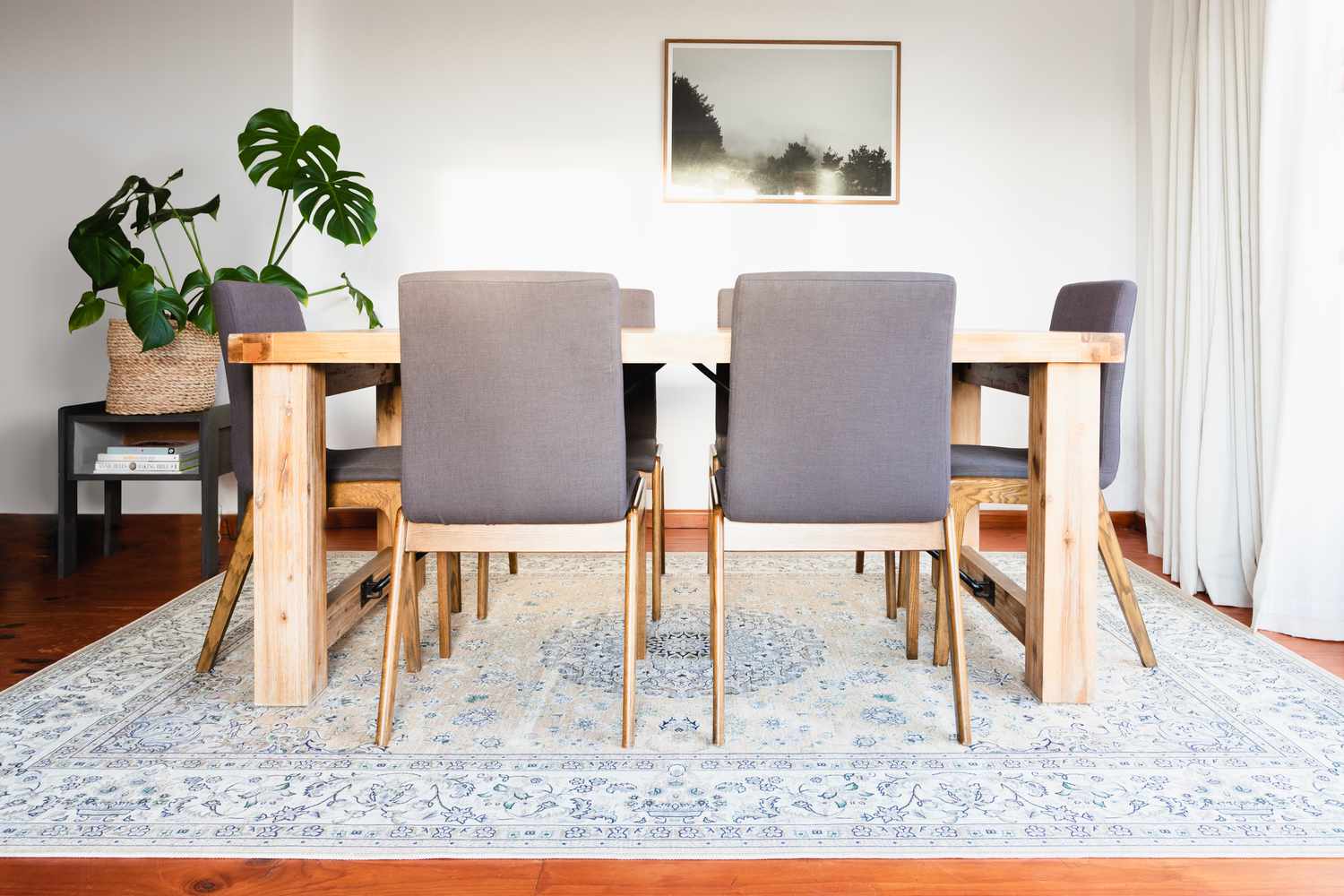
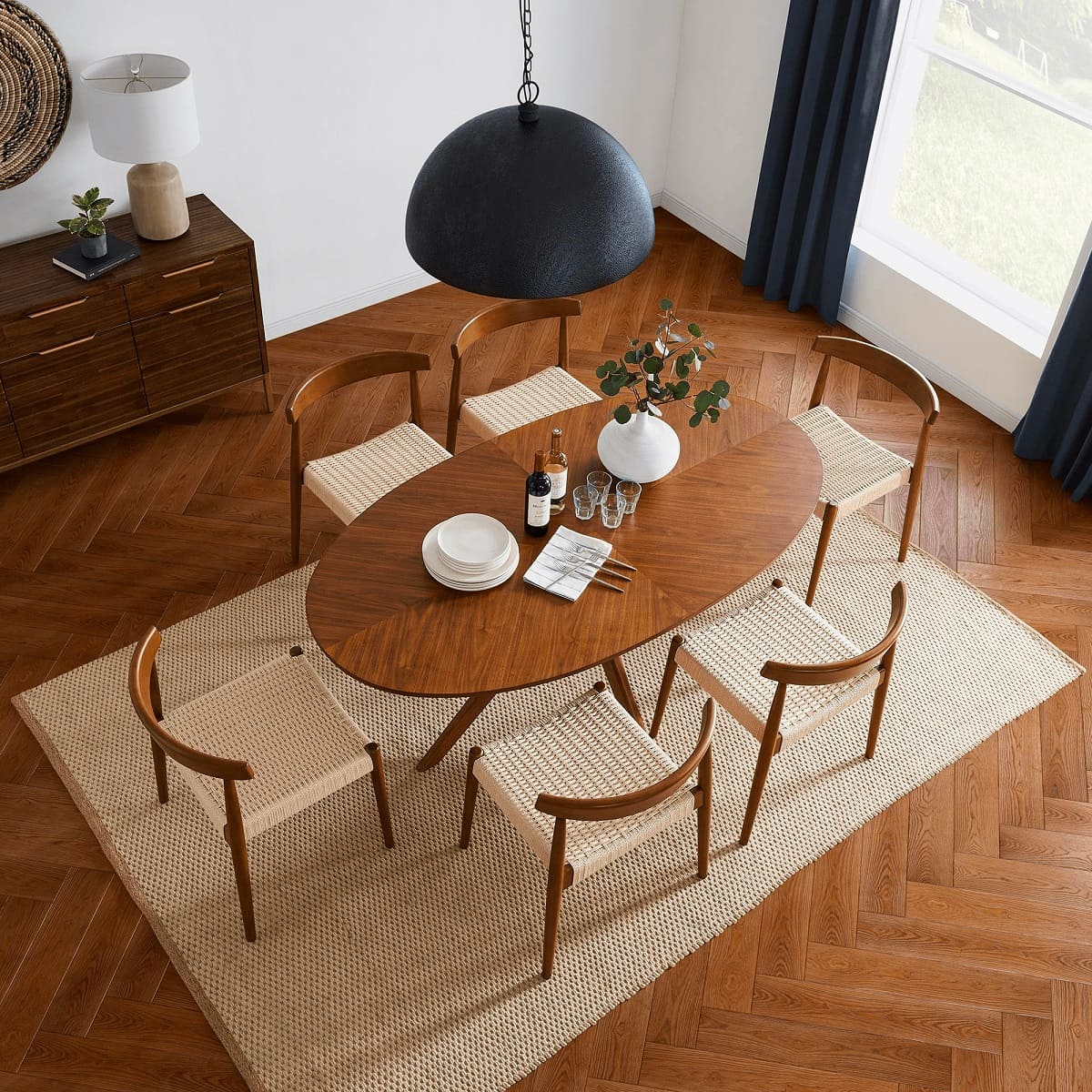
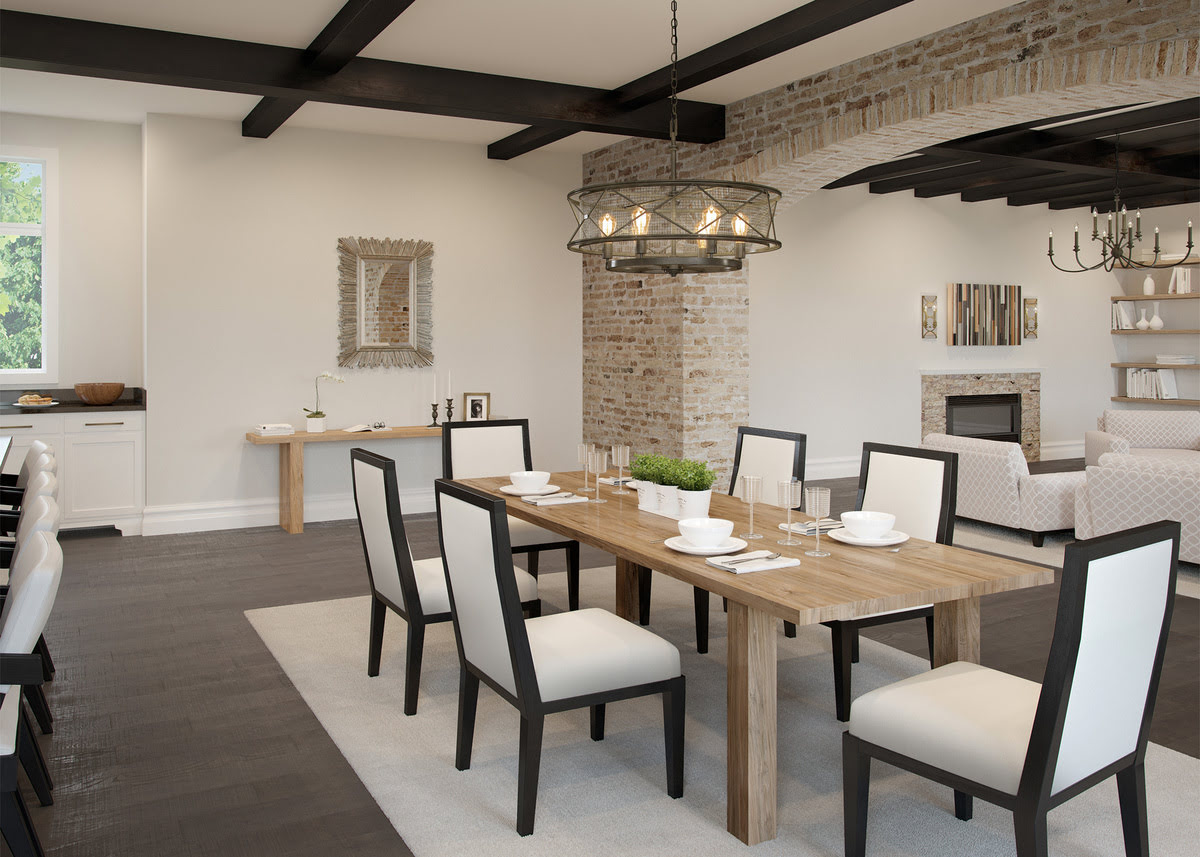
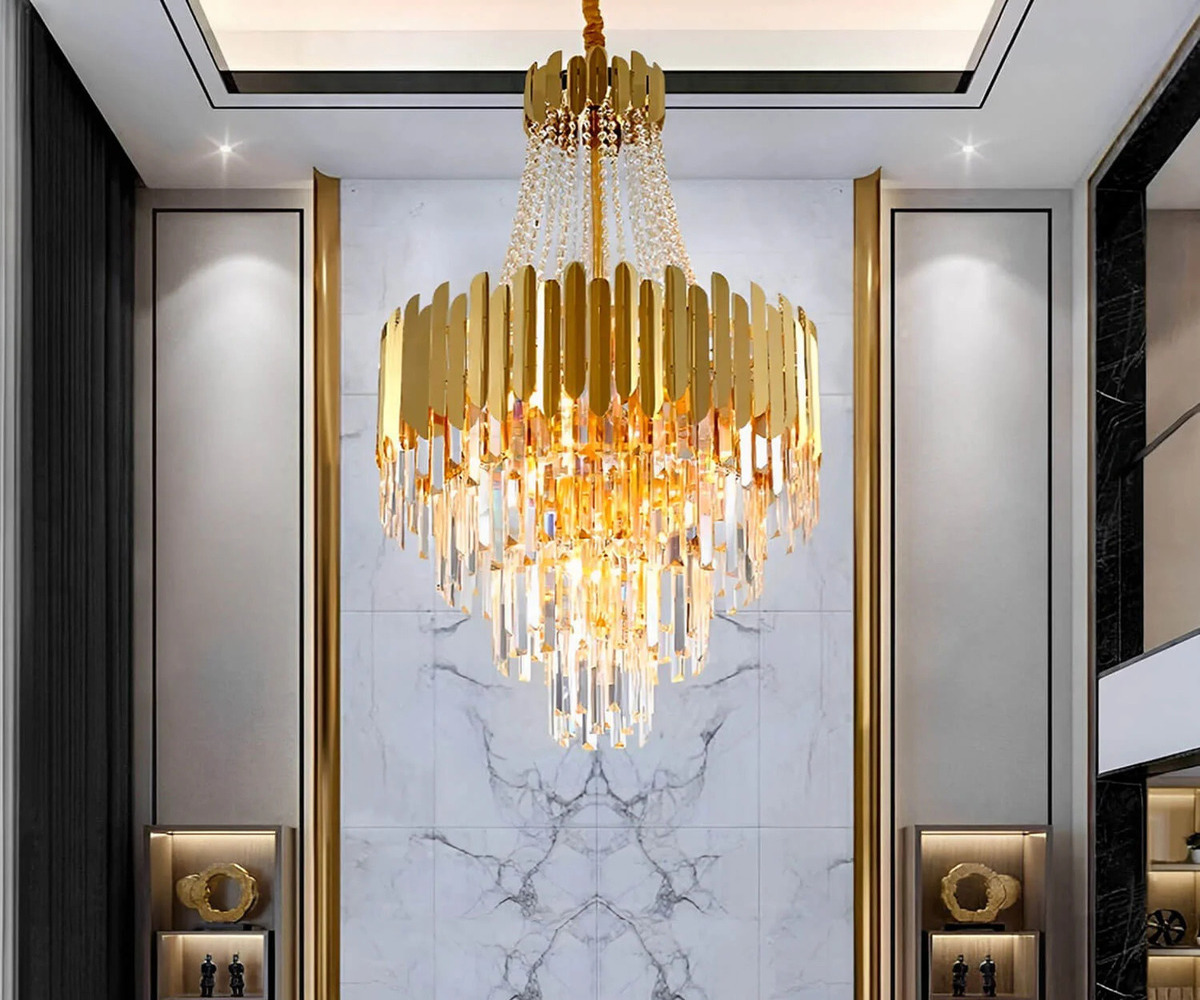
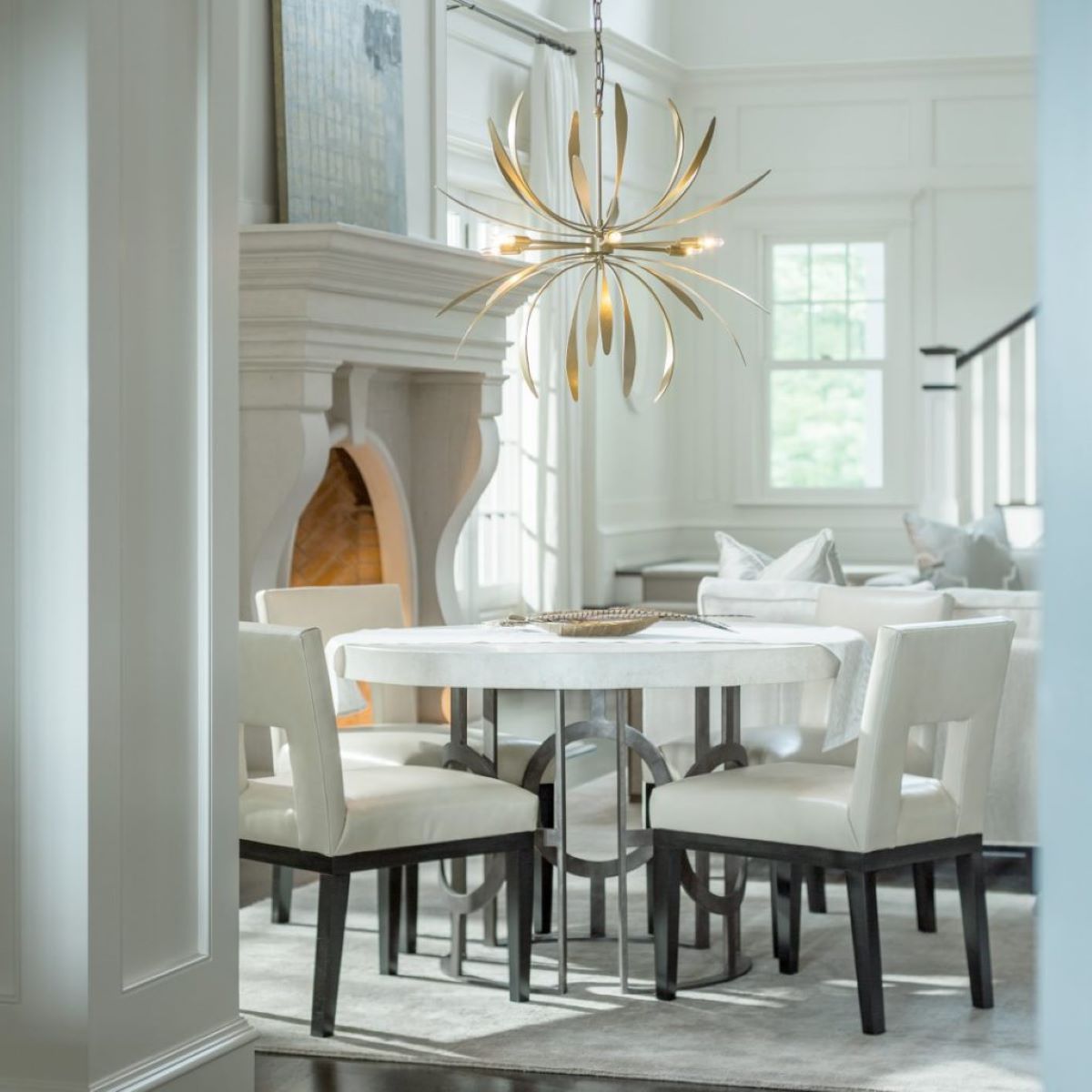
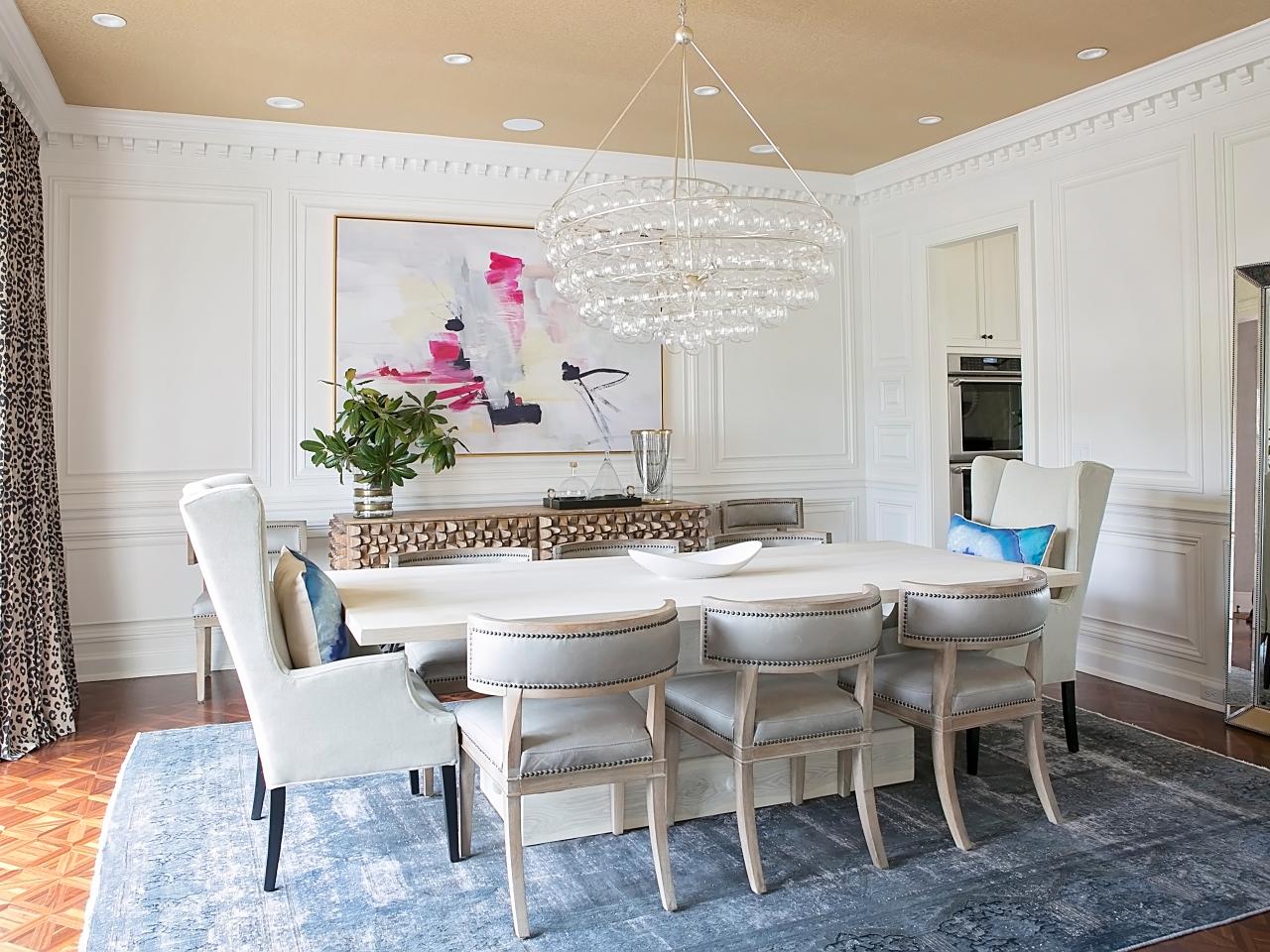
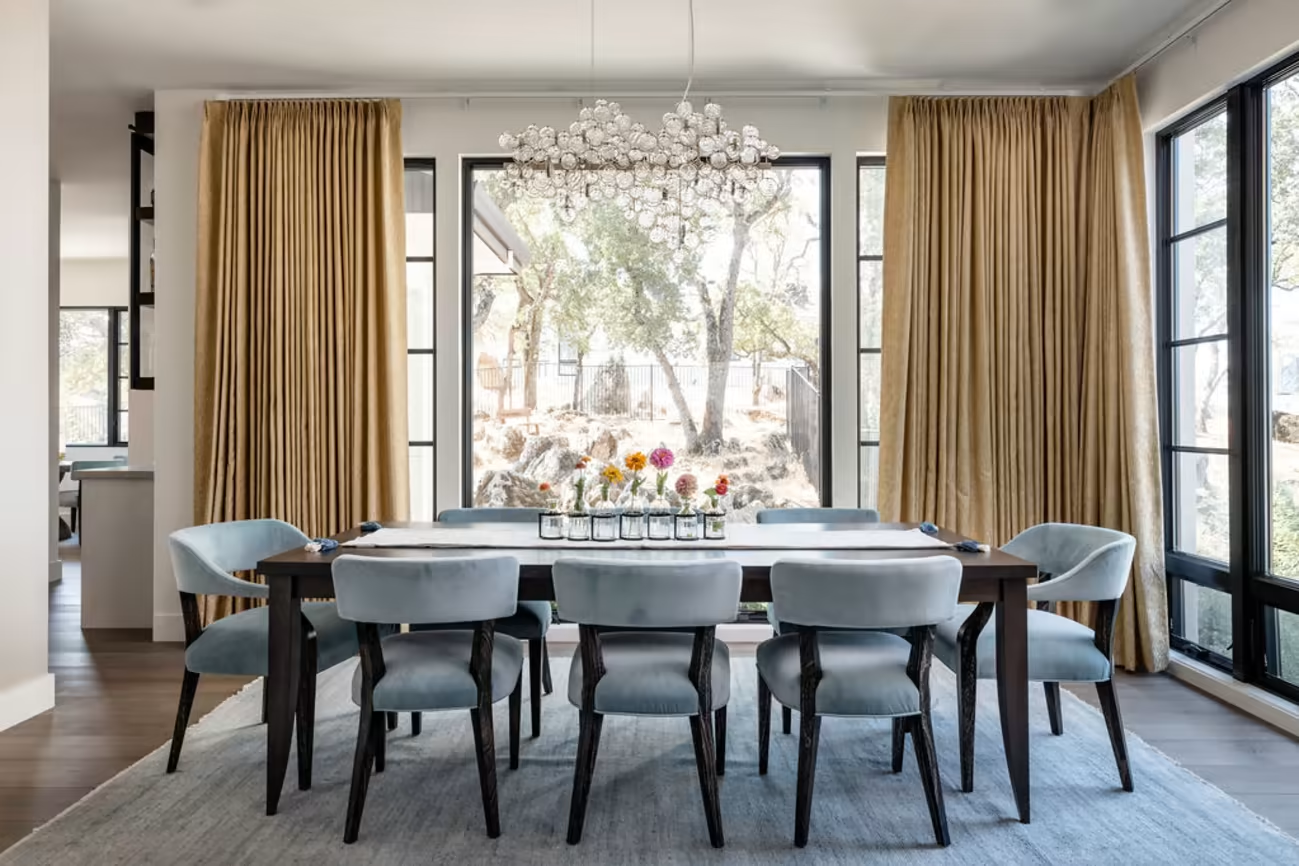
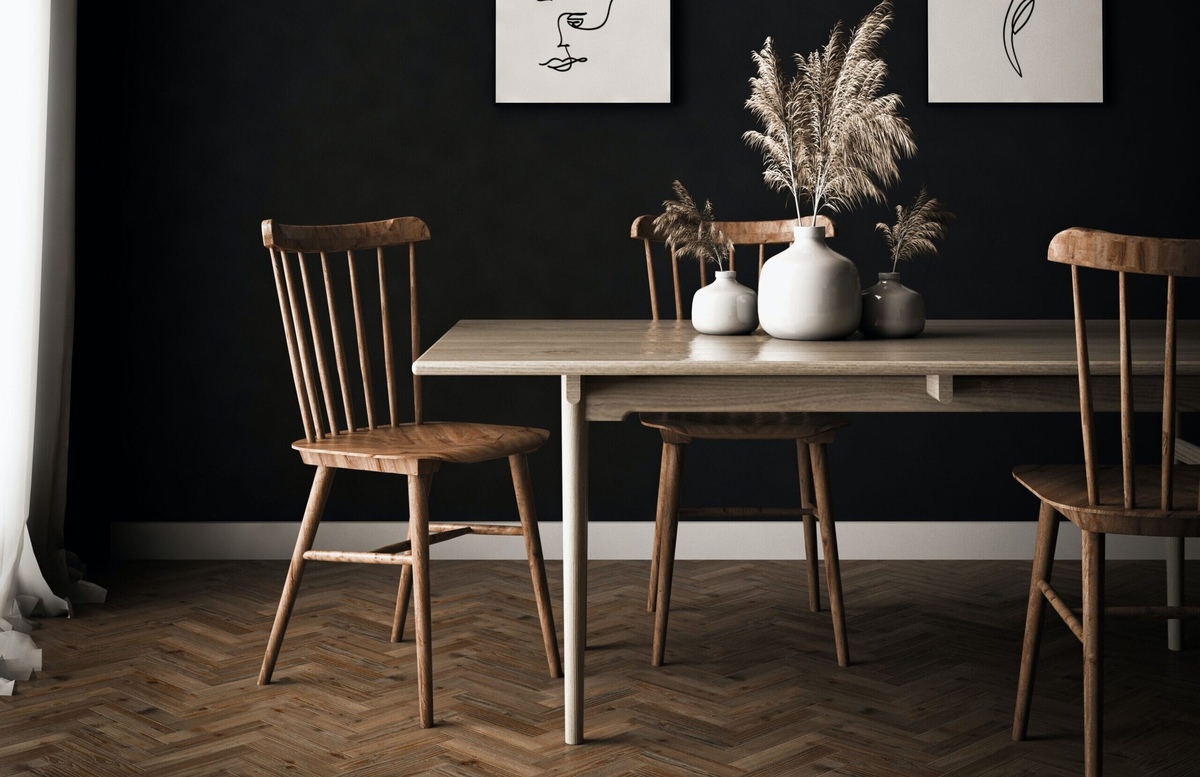
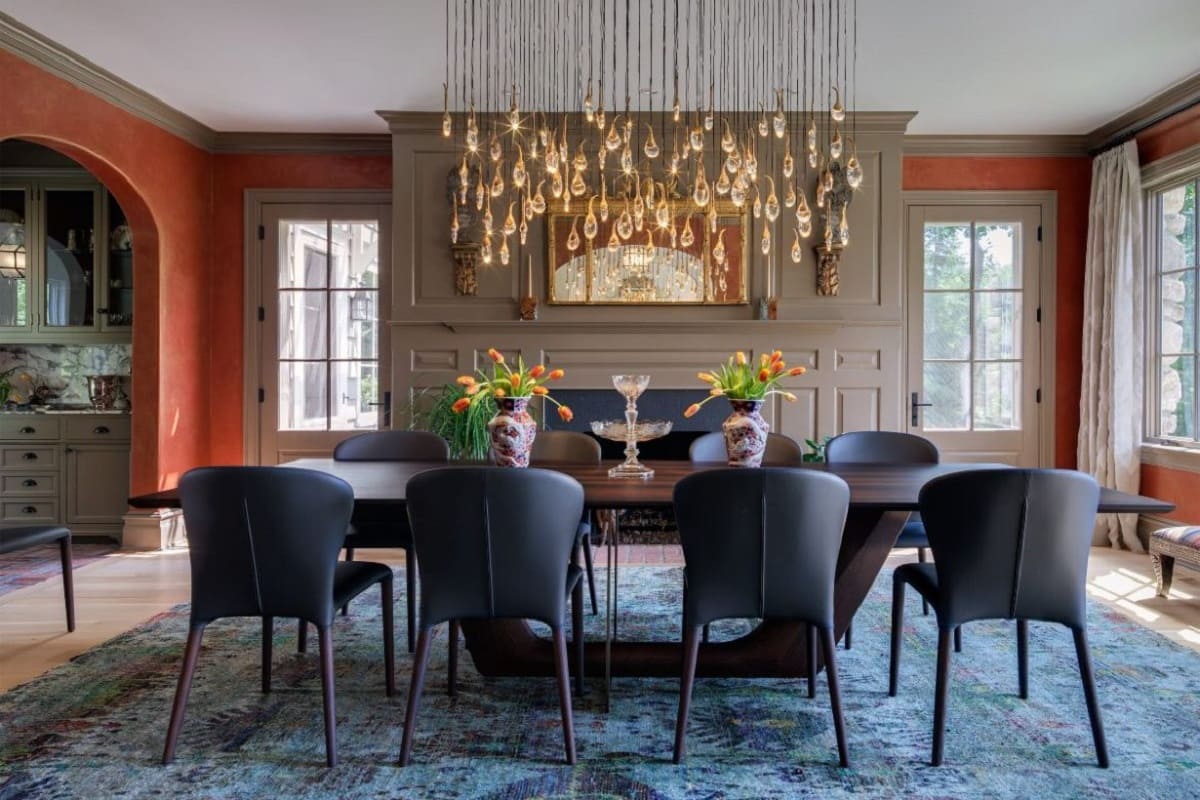
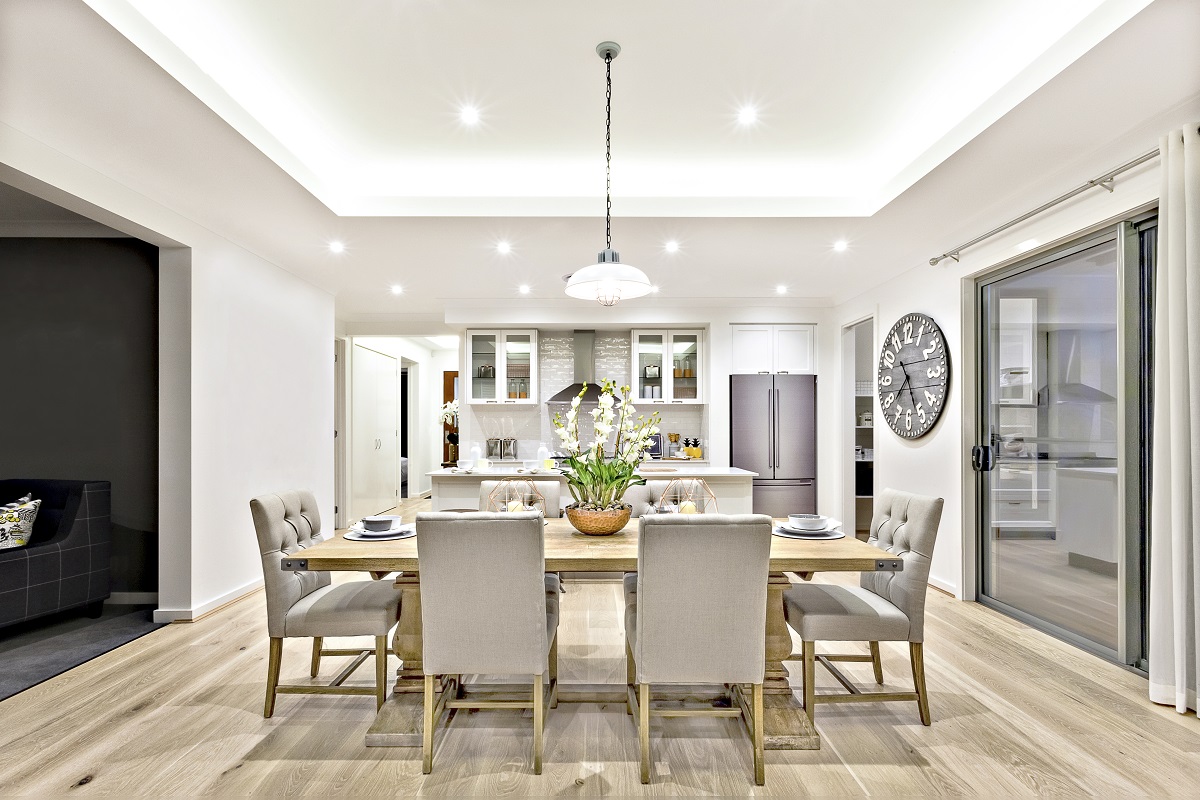
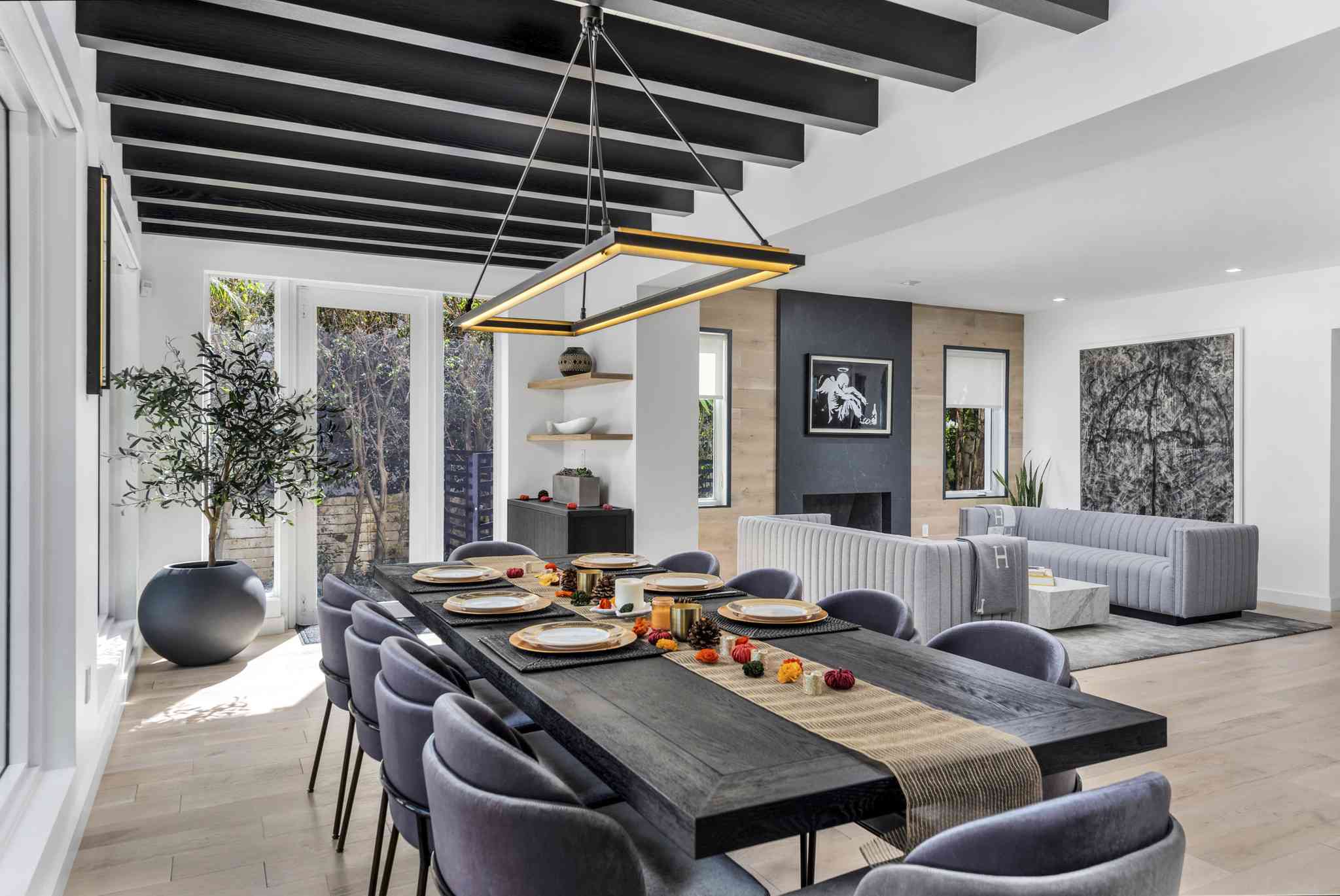
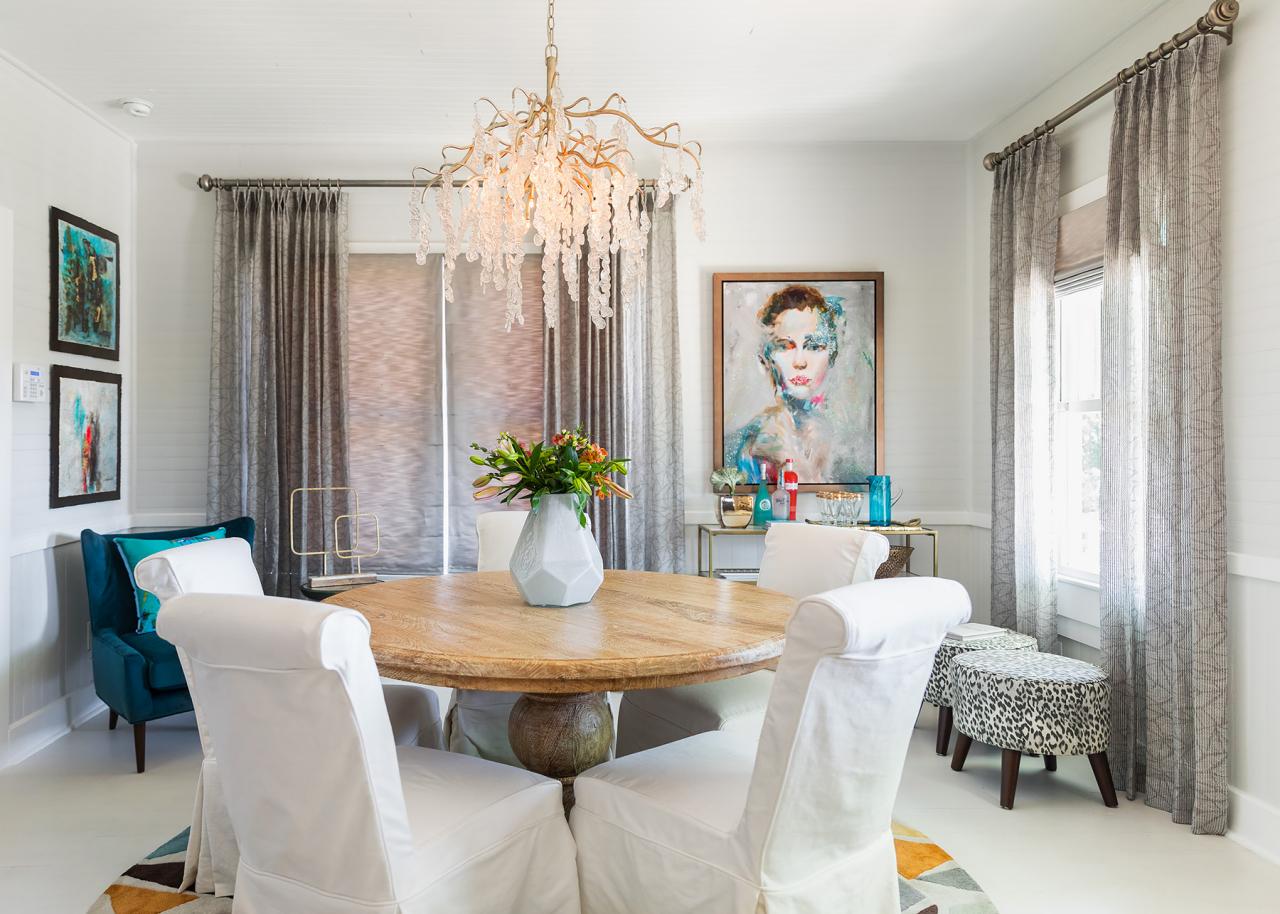


0 thoughts on “How To Choose A Chandelier For Dining Room”